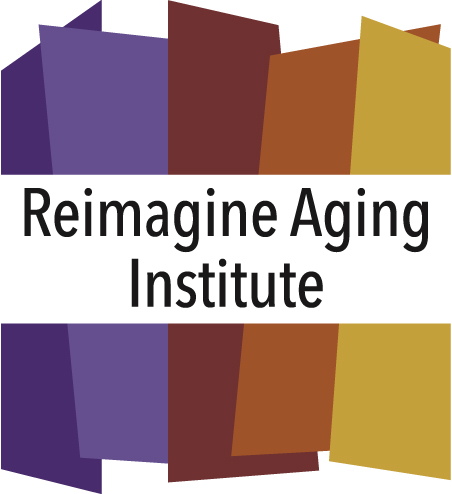Link to article in Lakeshore Weekly News
Guest column by Deb Taylor
There’ s a shortage of caregivers across Minnesota, and that’s a big deal. Personal care attendants — for seniors and individuals with special needs — help ensure their clients’ safety, and their capacity to remain living at home instead of in a more structured institutional setting.
s a shortage of caregivers across Minnesota, and that’s a big deal. Personal care attendants — for seniors and individuals with special needs — help ensure their clients’ safety, and their capacity to remain living at home instead of in a more structured institutional setting.
Given the shortage of paid caregivers, these jobs must be made more attractive to draw workers to the field. This means higher wages, better supervision and training.
Meanwhile, as 90 percent of the care provided to seniors living independently comes from family members and friends, the absence of this support is equally worrisome as health challenges and disabilities increase.
Here’s the issue: just as members of the Baby boomer generation are retiring — the largest population in human history — the number of caregivers in the years ahead is expected to decline. Why? Because Generation X, those born between the early 1960s and the early 1980s, is much smaller in terms of sheer numbers. The big question is, with fewer 45-to-54-year-olds, how many will be available to effectively help their boomer relatives with the support they’ll need. Many Gen Xers will remain in the workplace for many years, with less time and resources to devote to caregiving for a loved one. Many live far away from their aging parents.
Across Minnesota, there are more than 700,000 seniors, and the number is growing. By 2030, one in four Minnesotans will be 65 or older. And the number of seniors age 85 and up will triple. Eventually, all of them will need support.
In the seven-county metro area, there are more than 300,000 seniors. While most of them are living in the suburbs, they may not be better off financially, which complicates providing services to help them remain independent. By far the largest challenge is Hennepin County, with 75 percent of seniors living outside Minneapolis. More than 1.5 times as many of these seniors live in poverty as compared to Minneapolis seniors. In fact, this population of seniors in poverty exceeds the combined senior poverty figures for Ramsey and Dakota counties.
Senior services to assist these older adults must be very-low-cost or no-cost in order to meet ongoing challenges for care and help with household chores and maintenance help.
While most of this caregiving support now comes from family and friends, that will be less so in the coming decades. Every senior and caregiver will have varying needs for support. Our communities must find ways to effectively partner with proven and trusted nonprofit senior services organizations, like Senior Community Services, that have the track records and expertise to help address these human needs efficiently and effectively — with compassion.
We regularly hear from seniors who tell us that they’re able to remain living independently in their long-time home because of the support they receive through Senior Community Services. For many, it’s help with necessary home maintenance and chores like minor repairs, leaf-raking, snow removal, and window washing, tasks that are too physical for many older adults. Others need help managing complex care or reducing medical debt, and easing isolation and loneliness by attending metro senior centers.
Minnesota is feeling the early waves of the ‘Gray Tsunami,’ so we must be better prepared and ready to reimagine aging. Effective support of our increasingly aging population will ensure the years ahead are fulfilling, dignified, and enjoyable – for all generations.
Deb Taylor is CEO of Senior Community Services (www.seniorcommunity.org) and its Reimagine Aging Institute, a nonprofit that advocates for older adults and helps seniors and caregivers maintain their independence through free or low-cost services.



